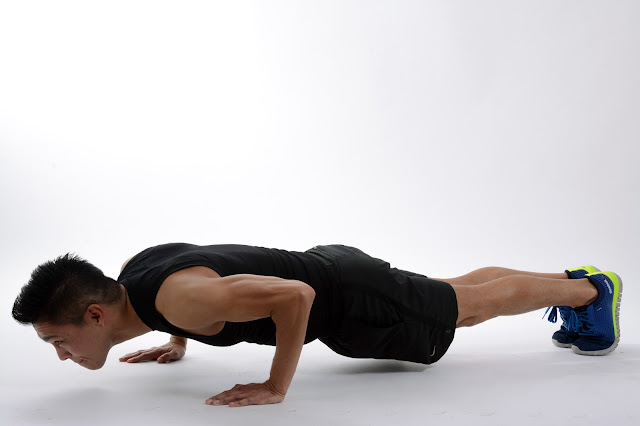Butt-Winking
Dear James,
Your blog is in my opinion the most interesting one that covers all things strength training. Thanks for all you do.
When I do deep squats, I always butt-wink (lumbar flexion when I go below parallel). Do you think this is a problem?
Thanks again,
Ted
My Answer: Thanks for the high praise, Ted. In short, yes. Lumbar flexion at the bottom of a deep squat is a problem. There are a lot of strength coaches who advocate deep squatting because that is the "proper" way of performing a squat. You develop more muscle when you deep squat as opposed to half squatting or squatting till your thighs are parallel to the floor.
Not everyone can deep squat, however, without rounding the back. Sometimes it's due to the height of the lifter or perhaps he's got a long spine and short limbs. Tight hamstrings, hips and glutes also contribute to lumbar flexion at the bottom of a deep squat. So it's a good idea to stretch these areas if you want to increase squat depth.
The bottom line, however, is that the safety of your back is paramount. Squat performance is secondary. Rounding your spine is OK if you're doing body weight squats ass to the grass. If you do one-legged squats, then rounding the back is required.
But performing deep barbell squats with lumbar flexion at the bottom is dangerous, because you have compressing forces (i.e. barbell with weight) on your spine while it's in a vulnerable position. So if you cannot do deep squats without butt-winking, then don't worry about it. Just squat down as far as you can go without butt-winking.
Granted, those of us who can squat ass to the grass will point at you, laugh and call you a girly man. But at least your back will be safe.
Your blog is in my opinion the most interesting one that covers all things strength training. Thanks for all you do.
When I do deep squats, I always butt-wink (lumbar flexion when I go below parallel). Do you think this is a problem?
Thanks again,
Ted
My Answer: Thanks for the high praise, Ted. In short, yes. Lumbar flexion at the bottom of a deep squat is a problem. There are a lot of strength coaches who advocate deep squatting because that is the "proper" way of performing a squat. You develop more muscle when you deep squat as opposed to half squatting or squatting till your thighs are parallel to the floor.
Not everyone can deep squat, however, without rounding the back. Sometimes it's due to the height of the lifter or perhaps he's got a long spine and short limbs. Tight hamstrings, hips and glutes also contribute to lumbar flexion at the bottom of a deep squat. So it's a good idea to stretch these areas if you want to increase squat depth.
The bottom line, however, is that the safety of your back is paramount. Squat performance is secondary. Rounding your spine is OK if you're doing body weight squats ass to the grass. If you do one-legged squats, then rounding the back is required.
But performing deep barbell squats with lumbar flexion at the bottom is dangerous, because you have compressing forces (i.e. barbell with weight) on your spine while it's in a vulnerable position. So if you cannot do deep squats without butt-winking, then don't worry about it. Just squat down as far as you can go without butt-winking.
Granted, those of us who can squat ass to the grass will point at you, laugh and call you a girly man. But at least your back will be safe.


Comments